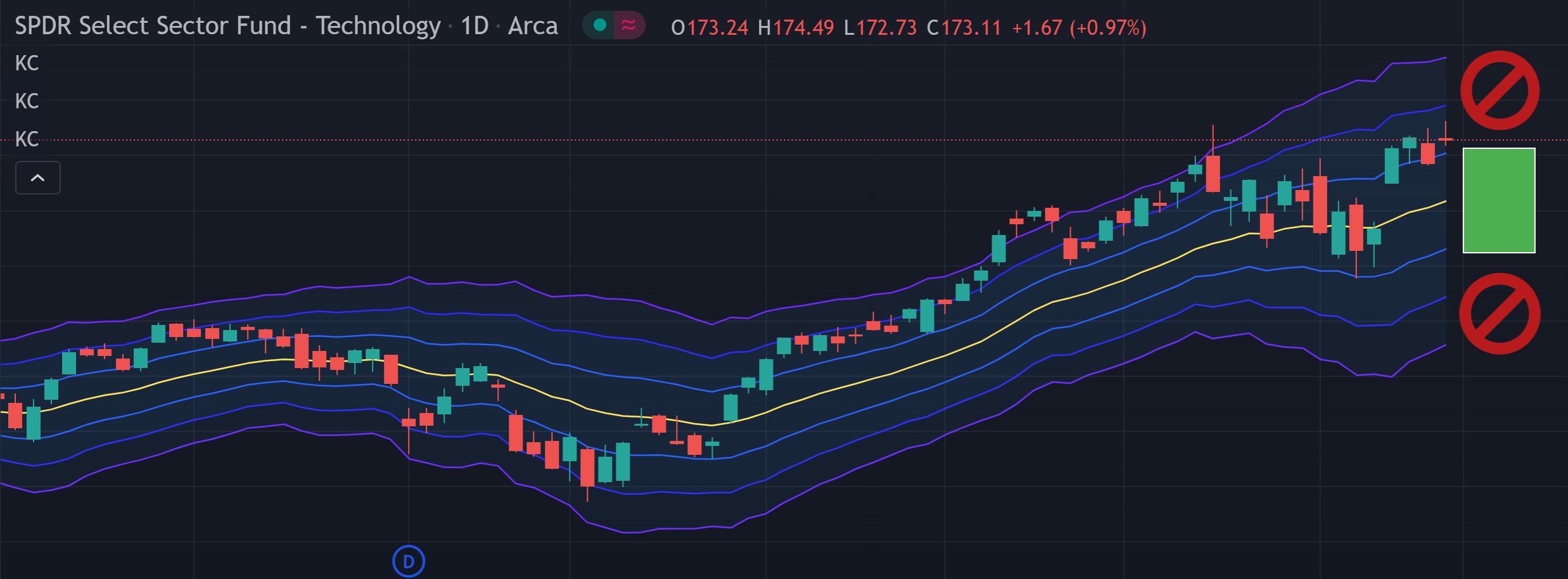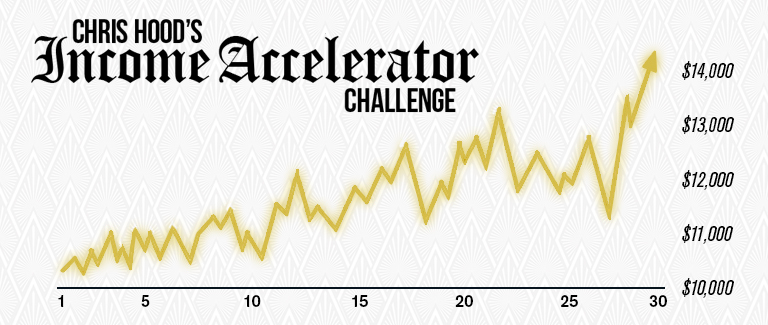

Date: 12/10/2021
Author: Chris Hood
Be sure to check out new episodes of my video podcast each week, where my ace pupil Brian Jones and I talk the ins and outs of options trading- and give you insights and strategy that you can immediately put to work for you in the markets.
My two grand passions in life are trading and jiu-jitsu.
It shouldn’t surprise me then that I find parallels between the market and martial arts nearly every day.
One of the most challenging aspects of trading is timing.
Entering a trade a day too soon or too late often determines whether you win or lose. And on the exit might mean fewer profits or greater losses.
The same is valid on the jiu-jitsu mats.
Every BJJ club has friendly in-school rivalries. Last week, I was rolling with one of those guys who always gives me a tough match.
We’re evenly matched, so if I make even a tiny mistake, I know I’ll get smashed.
I tried a new sweep from half-guard that I’ve been hitting on nearly everyone, but I mistimed it slightly. In a flash, he’d gotten on my back.
The last three minutes before the bell rang were miserable, and he sunk in a choke right before the round ended.
If you don’t get your trade timing right, the market will manhandle you. Mistimed entries and exits make a much more significant difference with options than stocks.
An option position’s value responds to both volatility and time decay.
A mistimed entry on a winning trade could easily be the difference between a 15% gain and a 75% gain due to the quick swings in pricing.
So you set the order and let the price come to you.
If you can’t get in at the price you want, you just don’t take the trade. There will always be another opportunity.
Use this simple technique for better timing of your entries.
Take a look at the XLK chart below and notice three bands surrounding the yellow 20-day moving average.


These are known as Keltner Channels, and all you need to do is use your trading platform to add three different channels with multipliers of one, two, and three. These are based on the stock’s average true range (ATR).
Prices falling in the upper or lower two bands can be considered extended. There’s a higher probability of it pulling back to the mean than continuing up or down.
This lets you define the ‘buy zone.’
In most cases, I prefer to enter options trades when the price is between the +1 and -1 bands. This is illustrated with the green rectangle.
Avoid buying in the upper or lower channels marked with the red symbols.
A couple of words of caution here.
This is only one of the many signals that go into a trade. I use this after assessing the market condition, stock trend, resistance and support, and other values.
It’s just a tool for getting in at the best possible price once you’ve decided there’s a valid reason to place the trade.
Never trade solely on these bands.
Prices can stay extended far from the mean for weeks, so just because it hits the top or bottom channel is no guarantee it will rise or fall.
It’s nice to catch the early part of the move.
That’s the high probability, easy money play – something I’m all about.
Cheers,
Chris Hood
P.S. – Have you noticed how much things at the grocery store cost now? I certainly have. Despite the Fed’s assertions of “transitory inflation,” I’m skeptical. Check out the latest article from financial analyst Mr. X for a thoughtful outlook on what we might expect and how you can protect yourself. Click here to read the article.








